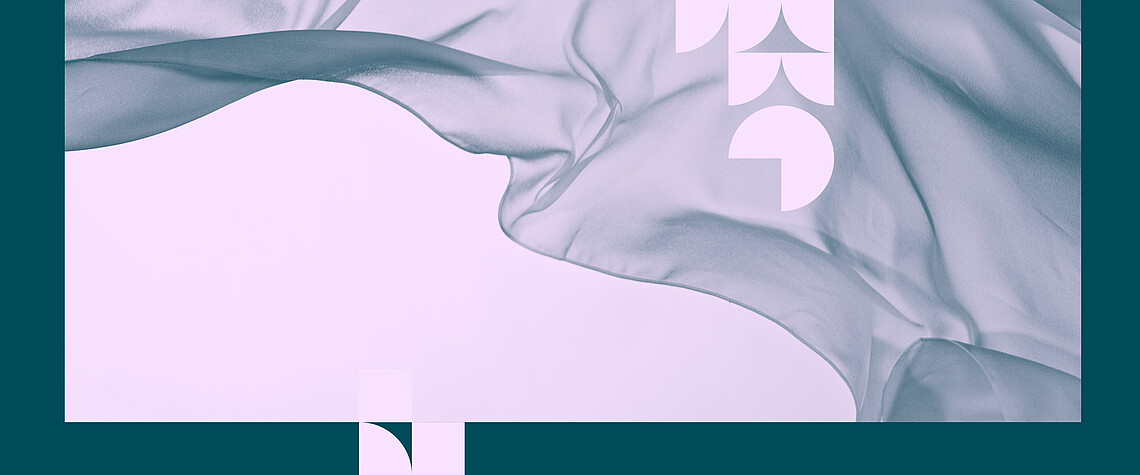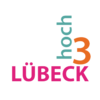VEIL – Benjamin Strenge
Summarized by Robin Preiß
The Ethical Innovation Hub's eleventh Virtual Ethical Innovation Lecture featured Dr. Benjamin Strenge of Bielefeld University. Benjamin Strenge works at the Center for Cognitive Interaction Technology (CITEC) and he was a member of the ADAMAAS project, in which he explores how (artificial) anticipatory systems can facilitate cognitive aspects of human activities and human-machine interaction using advanced technologies such as eye-tracking and augmented reality.
In his talk, Benjamin Strenge presented the Agile Worth-Oriented Systems Engineering approach (AWOSE), connecting ethical analyses to system design decision-making, with detailed insights in the procedure and the methodological peculiarities.
Introduction and Approach
Benjamin Strenge commenced by characterizing AWOSE as a connection between the Worth-Centered Development approach (WCD) (Cockton, 2006) and the MEESTAR model (Manzeschke et al., 2013). To elucidate the meaning of “worth” in this context, Strenge contrasted a so-called AAA game and an independently developed game title. Despite its high production value, the Trple A title was rated badly by some professional reviewers, playing it essentially being a waste of time. The independent title, in contrast, received raving ratings, which Strenge exemplified by showcasing an emotional fan mail. In this mail, the sender told that the game had positively influenced the relationship with his sister. Therefore, the game had a high worth for that particular customer. In summary, Strenge defines: “Worth is whatever motivates people to spend time, energy and resources to buy and use a system”. The definition can be associated with ethical values, but this is not the main focus.
The ADAMAAS Smartglasses Assistance System
In the ADAMAAS project (Adaptive and Mobile Action Assistance in Daily Living Activities), researchers of Bielefeld University created smartglass-based assistance systems for the elderly, novices and handicapped people. One foundation was to find out the intended worth for the users, e.g., improving participation and inclusion, improving self-fulfilment, exploiting individual potential and to protect the privacy of the users. Usability is taken only as instrumental, but is not an intended worth of the system in its own right.
The intended worth is then transferred onto an initial Worth Map sketch, the central diagram of the WCD. The categories of the sketch, the so-called worth elements, are: worth, qualities, features, components and aversions. Taking aversions as ethical issues, the already existing intended values are extended by results from the MEESTAR model.
MEESTAR
The second ingredient of AWOSE besides WCD is the model for the ethical evaluation of socio-technical arrangements (MEESTAR), which is separated in three dimensions. The dimensions on the top of the model are ethical aspects, e.g., care, autonomy, safety and justice. On the right side of the model are different levels separated into the individual, organizational and social level. On the front, stages are depicted ranging from a severity rating of one to four:
- harmless
- ethically sensitive
- ethically extremely sensitive
- ethics prohibit use
In AWOSE, the top dimension is extended, by nature-related aspects, like potential environmental issues. In practice, these predefined dimensions usually serve as the starting point, but in principle, arbitrary (further) ethical aspects could be added when needed.
Usage Example
The process of identifying ethical issues using MEESTAR starts with workshops comprising a group of interdisciplinary participants (developers, prospective users, domain experts and others). In the workshops the idea or concept of the potential system is first discussed. Afterwards, identified ethical issues are assessed concerning their severity and organized on a board. The contents are inserted into the Worth Map. It is important to note that the WCD approach is focused on positive aspects, such as a vision of what should be accomplished. MEESTAR on the other hand is focused on diagnosing risks. To guide the decision-making of the development, WCD and MEESTAR aspects are merged for AWOSE.
For example, a possible privacy risk, which has emerged in ADAMAAS, but also in the follow-up project AVIKOM, is the cloud storage of data. To protect private data, the result of the Worth Map based assessment was to avoid the cloud storage.
To gain insight into how inputs from the workshops is being kept track of, Benjamin Strenge showed a table organizing, e.g., descriptions of the ethical issues, the organisations involved and the severity of the issue, as well as references to possible remedies. The different ethical issues can correlate, facilitate, inhibit or mitigate each other, depending on the context.
To visualise this, the AWOSE project team uses a 2D-map with ethical principles and the severity rating on the axes. Since there were no stage 4 issues, this allowed the system designers to deal with the issues. Afterwards the results are compressed in the actual Worth Map, with UML diagrams and other technical descriptions.
Development Process Model
The AWOSE process model starts with a system vision description, where the initial density of information about the system concept correlates strongly with the results. If the vision is too specific to begin with, this primes the participants towards a narrow focus. However, more open descriptions may also lack the cues to find relevant ethical issues.
Different colours of the model indicate who is responsible: Developers, worth designers/user experience designers, or customers/product owner/the project head.
After the system vision description has been set, the next step is the participation of the product owner/customer in the workshops, where the worth designer will then start the MEESTAR workshops with other stakeholders and methods like laddering or sentence completion, to find worth issues and the intended worth. Afterwards the context of use analyses takes place to fill out an initial Worth Map and to define further project goals. After that, the process goes into iteration with the new prototypes, which are then evaluated and improved. If there is new information, the Worth Map is also updated. Based on these new connections in the Worth Map, the project owner defines new priorities for the next iteration.
Q&A-Session
Questions being raised (and addressed) in the aftermath of the talk revolved around the methodological peculiarities, like the classification of the severity stages, the determination of ethical issues in MEESTAR and the connection between system engineering approaches and AWOSE. Furthermore, the Q&A session was about the collection and use of interview data in AWOSE and the implementation of this approach in highly distributed tech development processes.
Literature
- Cockton, Gilbert (2006). Designing Worth is Worth Designing. In Proceedings of the 4th Nordic conference on Human-computer interaction: Changing roles, 165–174. New York: ACM. https://doi.org/10.1145/1182475.1182493
- Manzeschke, Arne; Karsten Weber; Elisabeth Rother und Heiner Fangerau (2013). Ethische Fragen im Bereich altersgerechter Assistenzsysteme: Ergebnisse der Studie. Bundesministerium für Bildung und Forschung, VDI/VDE Innovation + Technik.
- Strenge, Benjamin und Thomas Schack (2020). AWOSE ‑ A Process Model for Incorporating Ethical Analyses in Agile Systems Engineering. In Science and Engineering Ethics, 26(2), 851–870. https://doi.org/10.1007/s11948-019-00133-z





